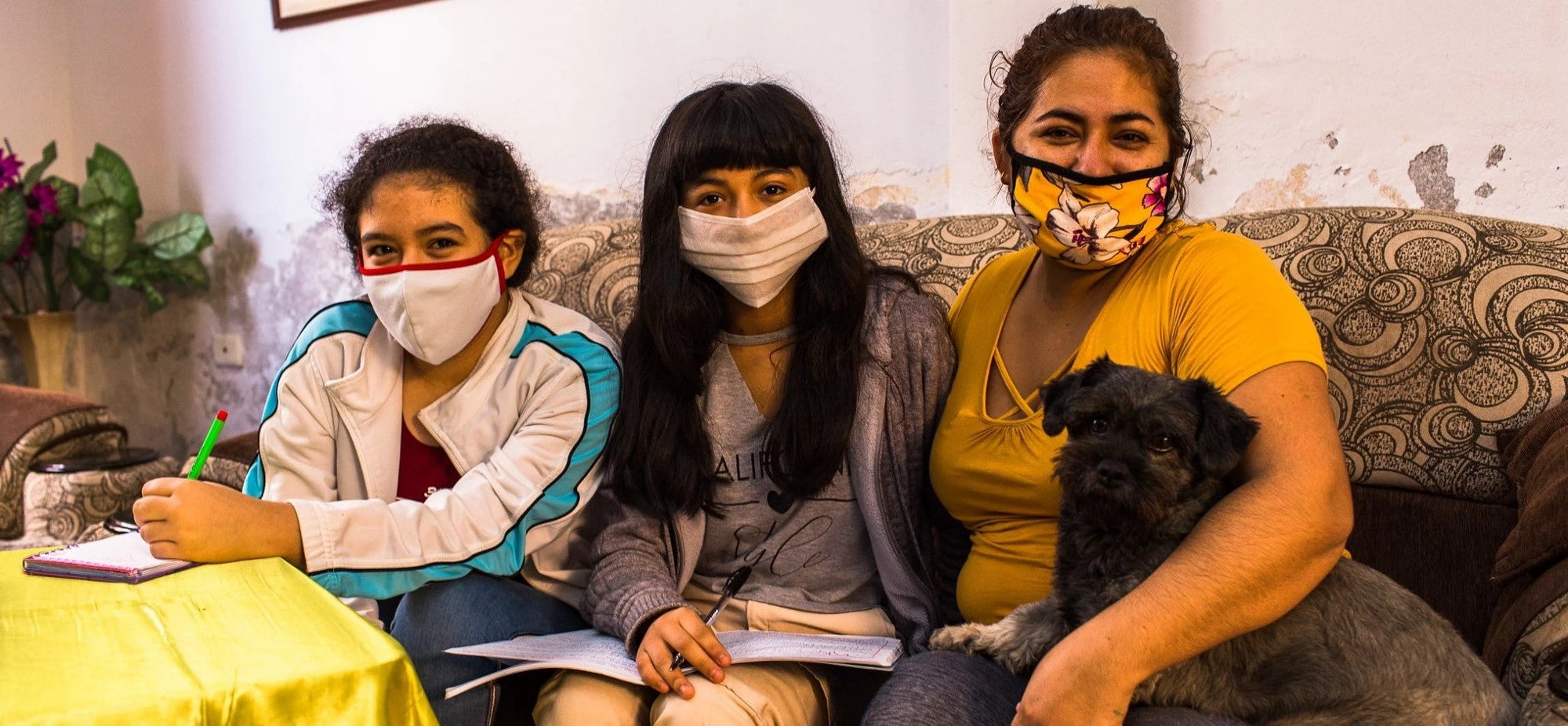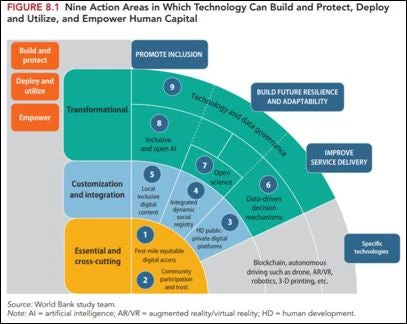
Climate shocks have profound implications for the development prospects of the World Bank’s client countries. For many emerging market and developing economies (EMDEs), the adverse impact is already a reality, with natural disasters becoming more frequent and severe. Unfortunately, many countries still lack the capacity to cushion these blows, and this can spur political fragility, food insecurity, water scarcity, and, in extreme cases, conflict and migration. Even in milder manifestations, these impacts can derail development and set back gains from years of investment.
The scale of this challenge is unprecedented. More than 90 percent of people facing extreme poverty today are in countries that are either exposed to natural disasters or are already politically fragile, thus amplifying the impact of any shock. According to recent research by World Bank staff, natural disasters push more than 25 million people into poverty every year. They create economic losses of close to $100 billion a year, equivalent to more than two-thirds of net international development flows of $142.6 billion in 2016 — and they remain largely uninsured. So, although more than a billion people have been lifted out of extreme poverty since 1990, it is crucial to increase the coverage against natural disasters and climate shocks for the most vulnerable people.
Risk financing has a crucial role to play in enhancing countries’ resilience to climate risk in a time of low interest rates. While it is urgent to address the structural causes of climate change and countries’ vulnerability, a variety of risk sharing mechanisms, such as insurance, can be critical for developing effective response strategies to natural disasters. In addition to providing financial relief, insurance can offer the right price signals to stimulate investments that increase resilience, through adaptation, preparedness and other measures. And in fact, we are seeing a rise in private capital supporting the use of insurance-like instruments to promote financial resilience. The low yields that the usual financial instruments are experiencing have expanded the pool of investors ready to underwrite natural disaster risks through capital markets, for example by investing in catastrophic risk (or CAT) bonds that complement the coverage offered by traditional insurers. CAT bonds are insurance-linked securities that transfer specified risks from the issuer/beneficiary to investors, whose principal is paid to the beneficiary (rather than returned to the investor) if a qualifying event takes place.
Helping make use of insurance a reality, the World Bank has improved countries’ market access through a series of disaster risk transactions over the last 10 years. These operations provide insurance protection to individual countries (and pools of countries) that face earthquakes, hurricanes, and droughts (Table 1 below). They stem from strong collaboration across teams within the World Bank and our partnership with both national authorities and the insurance industry. A CAT risk insurance transaction for the Philippines is the most recent example of how we can help countries strengthen their financial resilience. In July, the World Bank Treasury intermediated the placement of an insurance policy to the Philippines government with an aggregate coverage of the peso equivalent of $206 million protecting national government assets against severe typhoons and earthquakes and 25 provinces against typhoons. This policy was reinsured via swaps by a panel of five international reinsurers. The transaction was executed at market terms, but its design and preparation benefited from a UK government grant to fund the technical assistance provided by the World Bank’s Disaster Risk Financing and Insurance Program (DRFIP).
The World Bank has also supported the issuance of CAT bonds by using its balance sheet. In 2009, we launched the Multicat Program, an issuance platform that acts as an arranger for global issues of CAT bonds. The money raised through this platform is invested in highly rated collateral assets by a special purpose vehicle (SPV) sponsored by the issuing country. In the event of a catastrophe, the SPV pays the country, rather than returning the bond’s principal to investors at maturity. Under our Capital-at-Risk Notes Program, the World Bank becomes the issuer of the CAT bonds on behalf of the respective country seeking market-based disaster risk insurance. The issuance proceeds are retained by the Bank as ordinary funding, but are made available to the country in the event of a qualifying catastrophe. The Bank does not take on any CAT risk but uses its low funding cost as a triple-A issuer to decrease the overall cost of the operation, effectively separating the CAT risk from credit risk. The CAT risk is borne by investors and is compensated by the country, which as the insured party pays the premium to the Bank (essentially the difference of the effective cost of the bond and the Bank’s funding costs).
Building institutional capacity in countries that can benefit from catastrophe and weather coverage is crucial in scaling up use of these resources. In July, I delivered opening remarks at the Global Insurance Forum of the International Insurance Society (IIS), which included the launch of the London-based Centre for Global Disaster Risk Protection sponsored by the UK government. Together with an ambitious program sponsored by the German government, the Centre presents a highly innovative partnership with the insurance industry and can be a game changer. It will include an important technical assistance facility operated by the World Bank and will draw on expertise from the insurance industry on risk modeling and solutions design via the Insurance Development Forum (IDF), whose steering committee I co-chair together with the Administrator of the UN Development Program.
Through this initiative, the World Bank will expand its role as a neutral and strategic adviser to governments that seek insurance protection but need help to design policies for mitigating risks from natural disasters and climate shocks. Our partnership with donors and industry enhances our capacity to help developing countries use insurance as part of a broader risk management strategy. We can also help them access the market, perhaps with donor support to defray the cost of premiums at early stages, and eventually on their own. Joining forces helps scale up the work of the DRFIP, including to develop local insurance markets and associated mechanisms that mobilize domestic resources to finance disaster risk insurance. With these actions, we are taking key steps to help expand insurance against disaster and climate shocks to an additional 400 million people in the coming years.



Join the Conversation